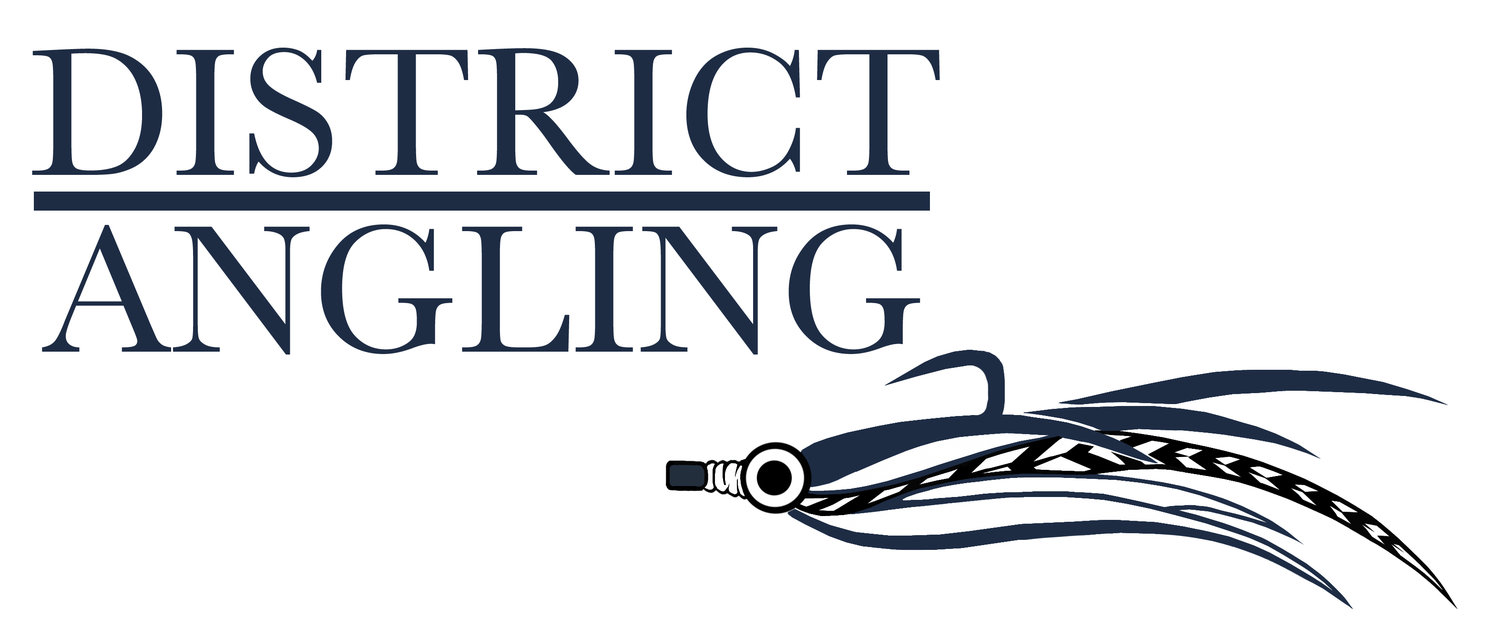The largest estuary in the United States. Saltwater fishing for stripers and bluefish an hour away.
The Chesapeake Bay is an estuary, it has fresh water, salt water and brackish water. Brackish water has three salinity zones:
- The Susquehanna River to north Baltimore is freshwater.
- From north Baltimore to the Chesapeake Bay Bridge is known as the oligohaline zone and has very little salt. Salinity varies from 0.5 ppt to 10 ppt, and freshwater species can survive there.
- From the Chesapeake Bay Bridge to the mouth of the Rappahannock River is the mesohaline zone and has a medium amount of salt and runs. Salinity there ranges from 10.7 ppt to 18 ppt.
- From the mouth of the Rappahannock River to the mouth of the Bay at the Chesapeake Bay Bridge Tunn is the polyhaline zone, and is the saltiest zone. Some of the water can be as salty as sea water. The salinity ranges from 18.7 ppt to 36 ppt. (36 ppt is as salty as the ocean).
Much of the bay is shallow. On average, the depth of the bay is 21 feet. Over 24 percent of the bay is less than 6 feet deep. That means it's fished perfectly well with fly tackle.

